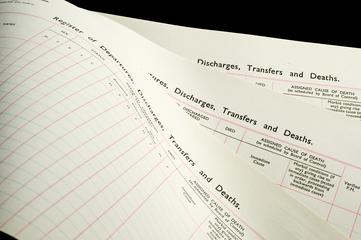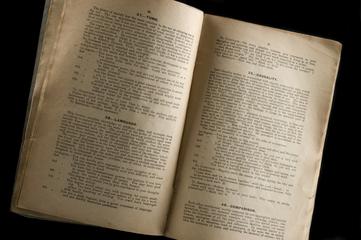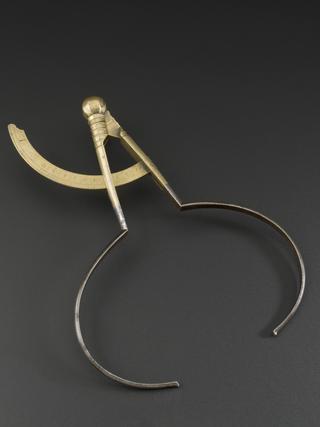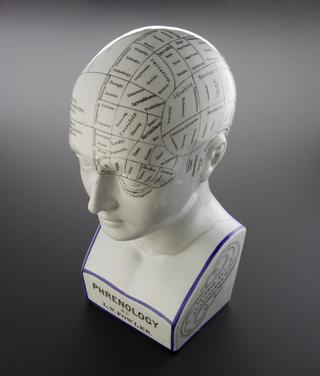






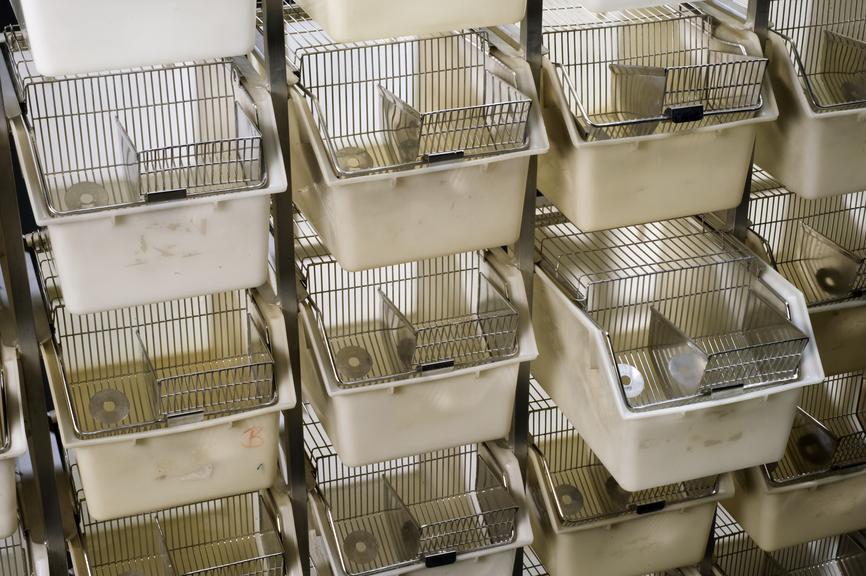

Housing rack for 25 rodents, comprising 25 individual units arranged in a 5 x 5 grid and mounted on a portable rack, used at the Psychology Department, Guildhall University. NKP Cages, England, 1990-1999.
Rodents used in experiments were housed in this portable housing rack. It consists of 25 individual units arranged in a five-by-five grid. One animal lived in each unit. The rack was used at the Psychology Department at London’s Guildhall University in the 1990s.
Animal experimentation for scientific and medical research has long been controversial. The main argument is whether the benefits of animal testing outweigh the moral issues. The first organised anti-animal experiments or anti-vivisection movements peaked in Britain in the 1870s and 1880s. They led to tighter restrictions on who could perform experiments. However, animal experimentation is still subject to protests and debates.
Details
- Category:
- Psychology, Psychiatry & Anthropometry
- Object Number:
- 1999-1043
- Measurements:
-
overall: 1460 mm x 1435 mm x 380 mm,
- type:
- animal cage
- credit:
- Guildhall University, Psychology Department
